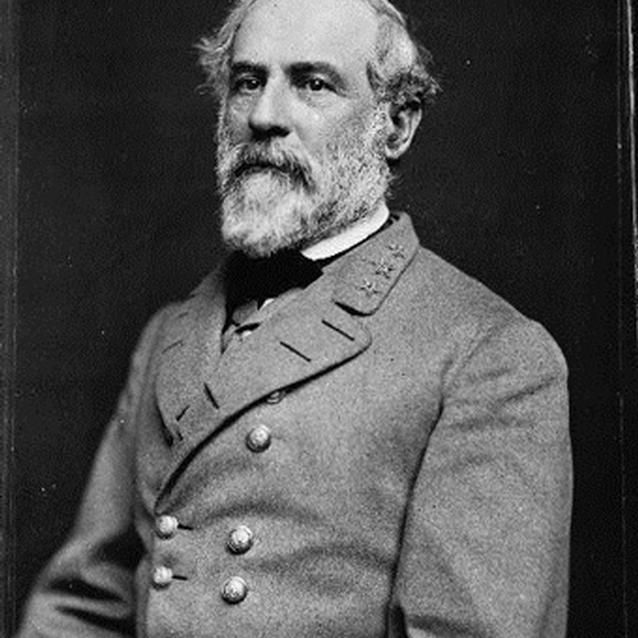Taking advantage of the Confederate victory at the Second Battle of Manassas, Gen. Robert E. Lee planned to invade Maryland, intent on taking the war into the north. As Lee saw it, Southern success might encourage European powers to recognize the Confederacy as a separate nation, crush northern morale, and force President Lincoln to sue for peace. A sharp move into Maryland would force the Federals to place their army in the field before they had reorganized. This offered Lee and his army the best chance to accomplish the Confederacy's goals. Lee planned to draw the Union army far from its supply depots and fortifications, where they might be dealt a more decisive blow.
"We cannot afford to be idle, and though weaker than our opponents in men and military equipments, must endeavor to harass if we cannot destroy them. I am aware that the movement is attended with much risk, yet I do not consider success impossible" General Robert E. Lee
Springboard for Invasion

Library of Congress
By September 3rd, Lee's Army of Northern Virginia numbered some 70,000 troops, but logistically the army was in possibly the worst condition it would be in during the entire war. Most of the men were poorly fed and clothed, which contributed to long sick lists. Exhaustion combined with chronically short and poor rations encouraged massive straggling, and the army leaked thousands of stragglers as it moved across Maryland.
Lee and Confederate President Jefferson Davis chose to invade Maryland, partly based on the belief that the people of the state would support them. Maryland was a so-called "Border State": a slave state that remained in the Union. Subject to Federal occupation and the suspension of habeas corpus, Lee hoped that the people would take this opportunity to rally to the Southern Cause. Unfortunately for Lee, his ragged army received a cooler reception than they had hoped for after crossing the Potomac River and the Chesapeake & Ohio Canal and marching into Frederick. Only a few Marylanders joined the Confederate ranks.
Eager to strike a meaningful blow, Lee held a council of war on the 9th of September with Gen. Thomas "Stonewall" Jackson at the Best Farm, a few miles south of Frederick. There, Lee formulated a plan to divide his army and force the evacuation of Union forces from Martinsburg and Harpers Ferry. By clearing out the Federals, Lee insured communication and resupply through the Shenandoah Valley. With those goals achieved, he could reconsolidate his army and march further north into Pennsylvania. There, Lee hope he could force a decisive battle with Union Gen. George McClellan on the field of his choosing.
Part of a series of articles titled The Lost Orders.
Last updated: February 3, 2015
